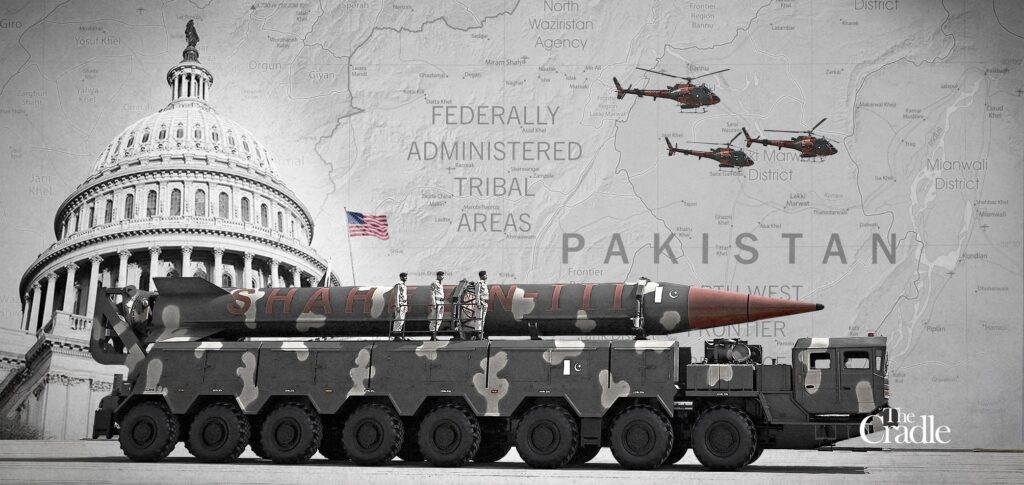President Donald Trump is expanding his tariff strategy to include goods imported from Canada and Mexico, a move that has the potential to escalate trade tensions within North America. Announced on March 3, 2025, this decision adds a new layer of complexity to existing trade relations and may significantly impact the economies of both neighboring countries.
Trump’s rationale for reinstating tariffs includes addressing trade imbalances and combating what he characterizes as unfair practices by these countries. The tariffs are aimed at various sectors, including automotive and agricultural products, which are crucial components of the trilateral trade relationship established under the United States-Mexico-Canada Agreement (USMCA).
Critics of Trump’s tariff approach argue that this strategy could result in retaliation from Canada and Mexico, leading to increased prices for consumers and potential job losses in industries reliant on cross-border trade. Economists caution that heightening trade barriers could undermine the economic recovery efforts underway in both the U.S. and its neighbors, especially as they deal with the lingering effects of the global pandemic.
Furthermore, the political ramifications of this decision are significant in light of upcoming elections. As Trump seeks to consolidate his base ahead of a potential 2024 presidential run, his focus on protectionist policies may resonate with certain voter segments who prioritize American manufacturing and national security. However, the broader electorate may view these tariffs as harmful to economic stability, particularly if prices rise and retaliation ensues.
The U.S. Chamber of Commerce and various trade organizations have voiced strong opposition to the tariffs, warning of the negative consequences for American businesses and consumers. They argue that cooperation between the three nations is essential for addressing challenges such as supply chain disruptions and inflationary pressures.
As discussions about trade policy continue to unfold, the potential for escalating tensions among Canada, Mexico, and the United States remains a pressing concern. The outcome of these developments will not only influence the current political landscape but also shape the future of trade relations in North America.



